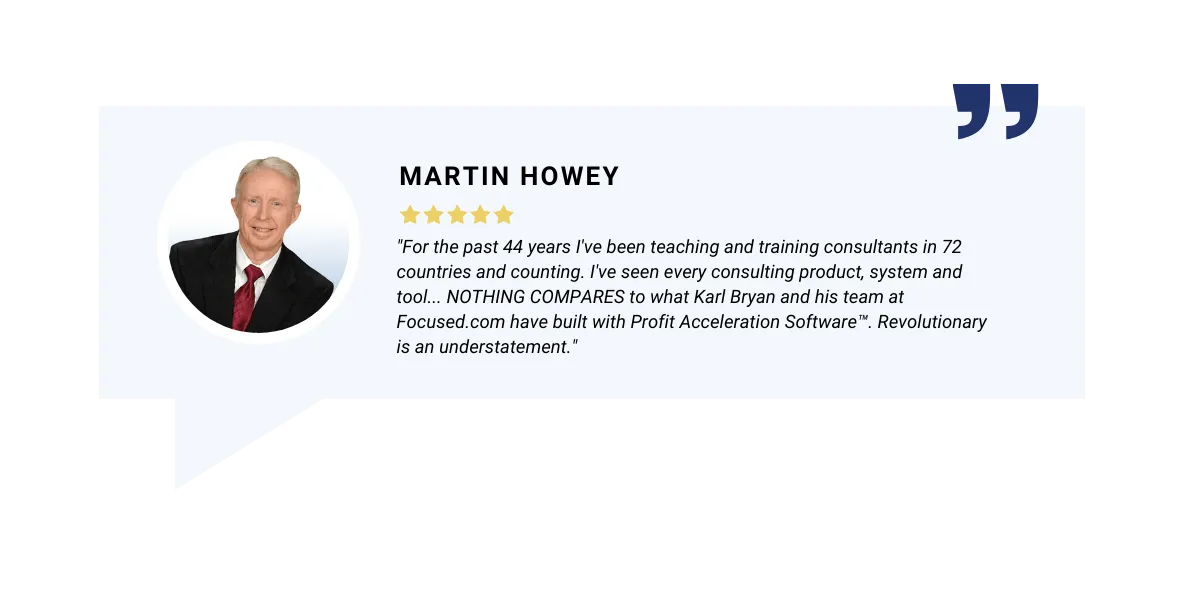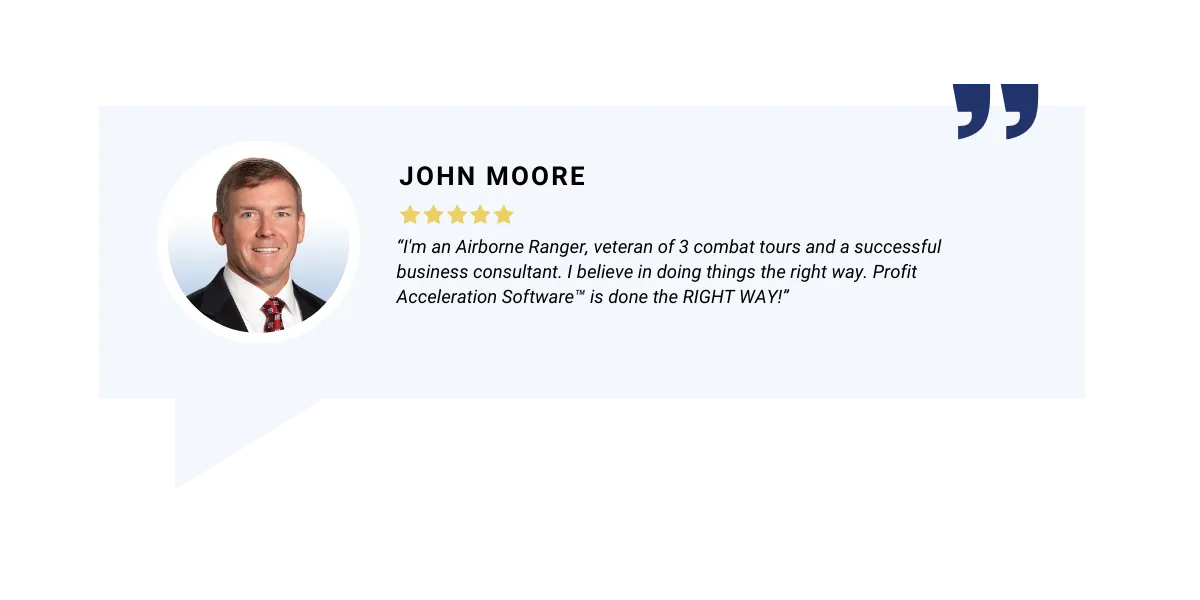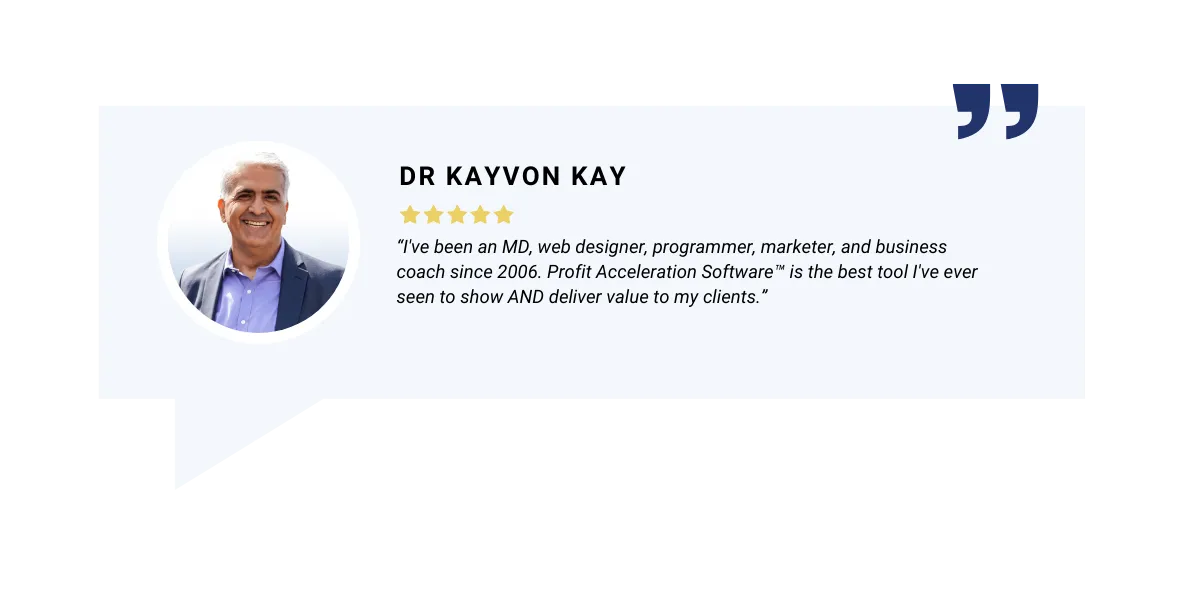
Why Discounting Hurts Your Clients—And What to Do Instead
When sales slow down, most business owners default to one reflex: slash prices.
It feels safe. It feels proactive. But it’s usually the worst move they can make.
If you’re a business coach, your job is to stop clients from racing to the bottom—and start showing them smarter, more sustainable strategies that actually increase profits.
In this post, we’ll break down:
Why discounting doesn’t work
What it really costs your clients
What to do instead (without touching price)
How to reframe your client’s offer for higher perceived value
A better way to prove ROI—fast
Let’s get into it.
Why Business Owners Default to Discounts
When business is slow, it’s easy to blame price.
Customers aren't buying? Must be too expensive. Competitor is offering a deal? Better match it. Too many objections? Time to lower the cost.
But here’s the truth: discounting isn’t a strategy. It’s a symptom.
Most of the time, the issue isn’t price—it’s:
Weak positioning (customers don’t see the value)
Vague messaging (unclear benefit or differentiation)
Poor targeting (wrong audience)
Lack of trust (no proof it works)
Cutting price just covers up these issues—temporarily. And it trains buyers to wait for a sale.
What Discounting Really Costs Your Clients
Here’s what happens when your clients start discounting:
1. 🚫 Shrinking Margins
Even a 10% discount might require 20–30% more sales just to break even. That’s not scaling. That’s scrambling.
2. 🚫 Damaged Perception
Lower price = lower perceived value. Whether it’s true or not, buyers associate cheaper with riskier.
3. 🚫 Brand Erosion
Clients who compete on price become commodities. And when someone else undercuts tomorrow? Game over.
What to Do Instead: Raise Perceived Value
Here’s the good news: your clients don’t have to raise prices to make more money—they just need to raise perceived value. Here’s how:
🔄 Reframe the Offer
Instead of dropping the price, add more value:
Include a fast-action bonus
Add extended support
Offer a “quick win” deliverable upfront
This keeps margins intact while making the offer feel more valuable.
🎯 Focus on the Problem Solved
Shift from “here’s what we offer” to “here’s what this fixes.” Buyers pay more to eliminate pain than they do for nice-to-haves.
💡 Build a Market-Dominating Position
If the offer is clearly better and different, price becomes a secondary concern. Help your clients clarify why they’re the obvious choice—not the cheapest one.
Real-World Example: No Discount Needed
Let’s say your client is a roofing contractor charging $9,500 per job. Sales have slowed, and they’re thinking of offering a 10% discount—bringing the price to $8,550.
Here’s what you suggest instead:
Reframe the offer: “Protect your home before storm season hits—prevent water damage now.”
Add a bonus: Free gutter inspection + 5-year workmanship warranty
Include a case study: “How one homeowner avoided $15K in damage by acting early”
Now the price stays at $9,500, but the perceived value skyrockets.
No discount. No margin loss. Just better framing.
Your Role as the Coach
When your client says, “Should I offer a discount?” you need to ask:
“What if we could increase sales without touching price—by making the offer more valuable?”
Then show them how.
This is what separates panic-mode consultants from real advisors.
Want to Show Clients the ROI of NOT Discounting?
Smart pricing strategy starts with data, not guesswork. That’s where tools like the Profit Acceleration Software™ come in.
You can use it to:
Run a 45-minute assessment
Identify hidden revenue opportunities
Show the exact impact of pricing tweaks
Deliver a financial roadmap—before they become a client
That’s how top coaches close deals without selling—and why clients pay premium fees to work with them.
Stop the Discount Spiral—Start Building Pricing Power
Discounting might win a sale today… but it steals from tomorrow.
If you want to help your clients raise profits without touching ad spend or volume, it's time to rethink the default discount.
🎯 Ready to see how the best coaches are doing it? Book a strategy call and let’s walk through it together.






